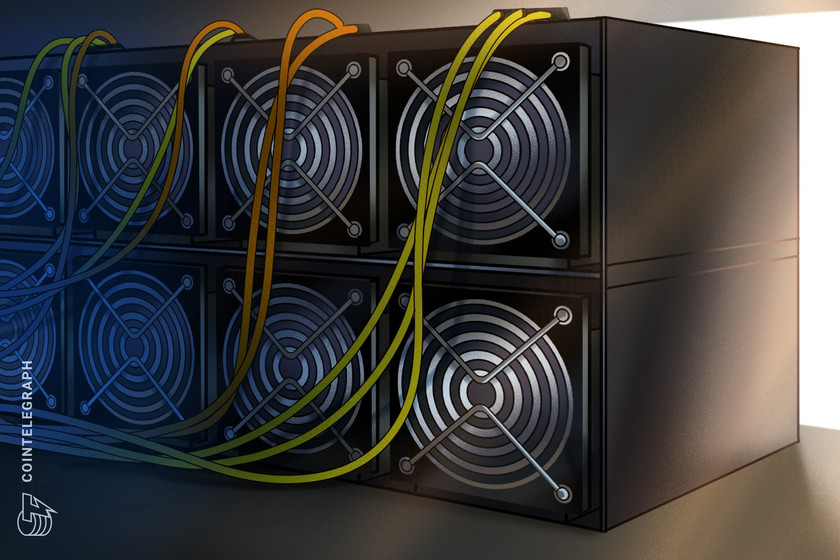Iris Energy to nearly triple hash rate with estimated 44,000 new BTC miners


With the tough conditions that faced Bitcoin miners last year, Iris’ co-founder said the purchase was a “significant milestone” for the company.
Australia-based Bitcoin (BTC) mining company Iris Energy has revealed it will nearly triple its mining capacity with the addition of thousands of mining rigs.
On Feb. 13 the firm said it purchased an additional 4.4 exahashes per second (EH/s) worth of Bitmain Antminer S19j Pro ASIC miners, bringing its self-mining capacity to 5.5 EH/s from 2.0 EH/s.
Based on the S19j Pro’s maximum hash rate of 100 terahashes per second (TH/s), the purchase adds an estimated 44,000 miners to its fleet, according to Cointelegraph’s calculations.
Daniel Roberts, Iris’ co-founder and co-CEO, said the purchase “is a significant milestone” for the company, adding it has been a “challenging period for both the industry and markets more generally.”
Iris said the new miners will be installed in the company’s centers but did not mention in which locations. The firm operates three facilities in various locations in British Columbia, Canada and one in Texas in the United States.


The company used $67 million of remaining prepayments to ASIC miner manufacturer Bitmain to fund the purchase of the rigs “without any additional cash outlay.”
Iris had a 10 EH/s contract with Bitmain which it says “have been fully resolved, with no remaining commitments.” It stated it remains debt free.
The firm said it’s also considering options to sell surplus miners above its 5.5 EH/s of mining capacity to re-invest the funds.
Related: Core Scientific to hand over 27K rigs to pay $38M debt
Last November the company was forced to unplug miners used as collateral on a $107.8 million loan, as the units were producing “insufficient cash flow to service their respective debt financing obligations.”
Over the past few months, cryptocurrency miners have been squeezed from multiple directions, having to confront low Bitcoin prices amid high hash rates, high mining difficulty and high energy prices.
The pressure caused publicly listed Bitcoin mining companies to sell off almost all of the BTC mined throughout 2022 with data from blockchain research firm Messari showing Iris sold around 100% of the nearly 2,500 BTC it mined that year.
A February analysis from Hashrate Index shows that publicly listed miners increased their production in January with better weather and stable electricity prices helping the production surge. Iris’ January production resulted in 172 BTC, compared to 123 BTC in December.






